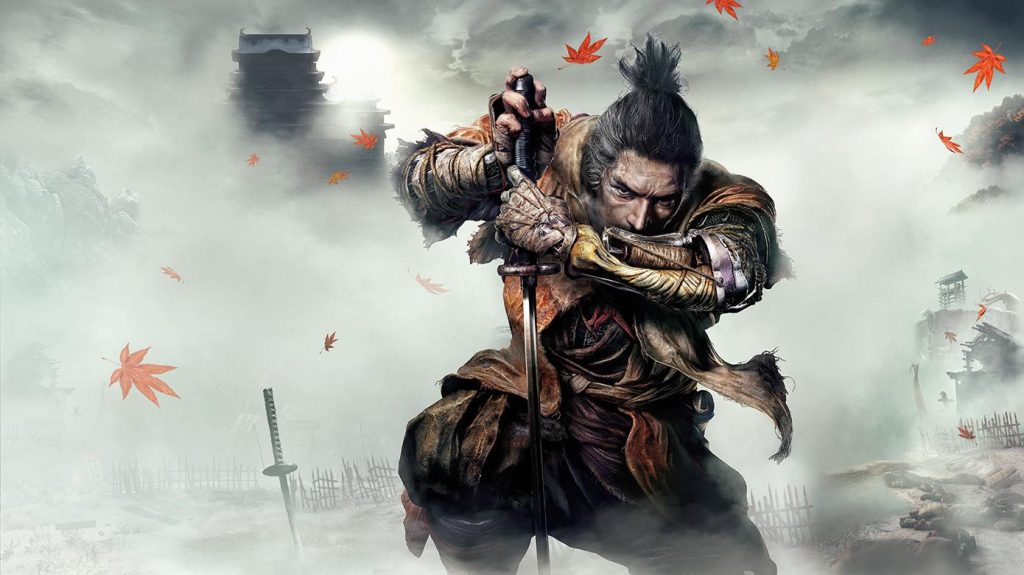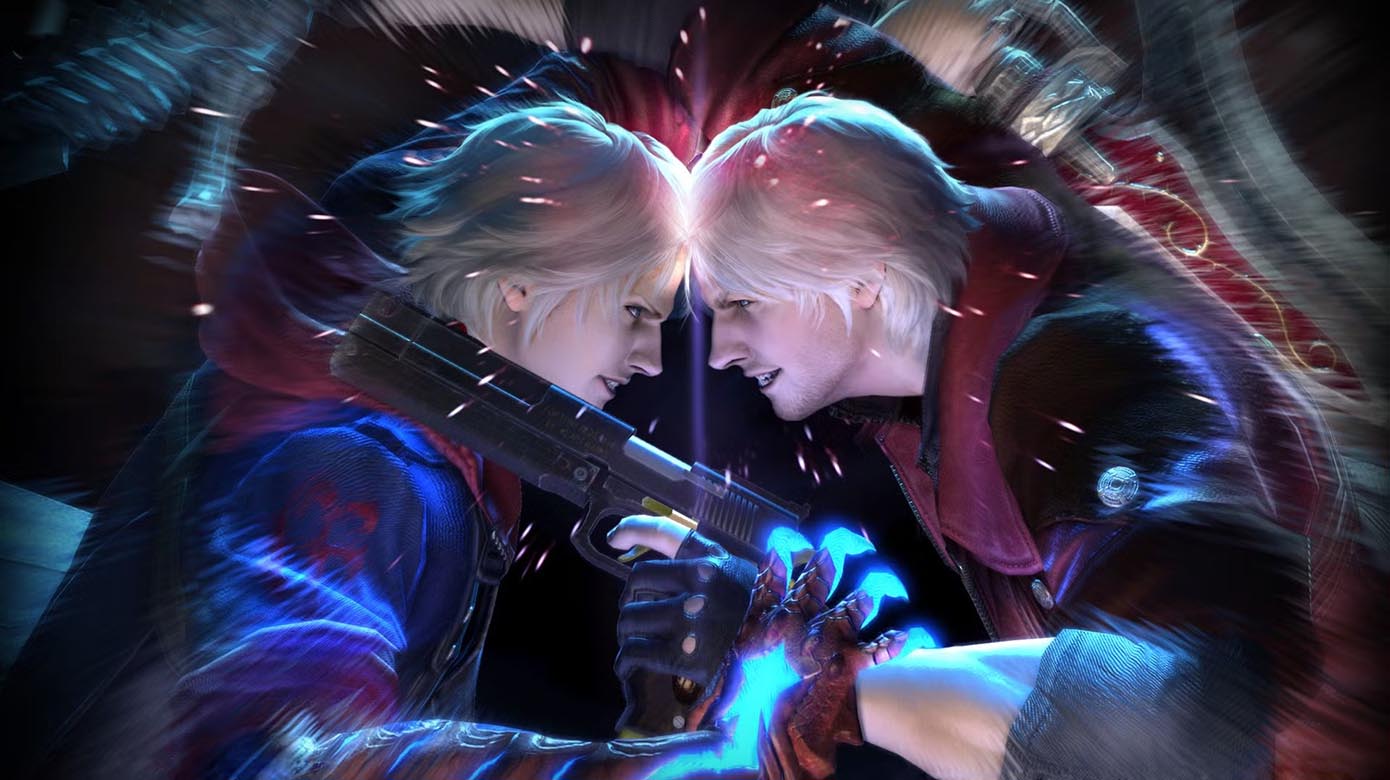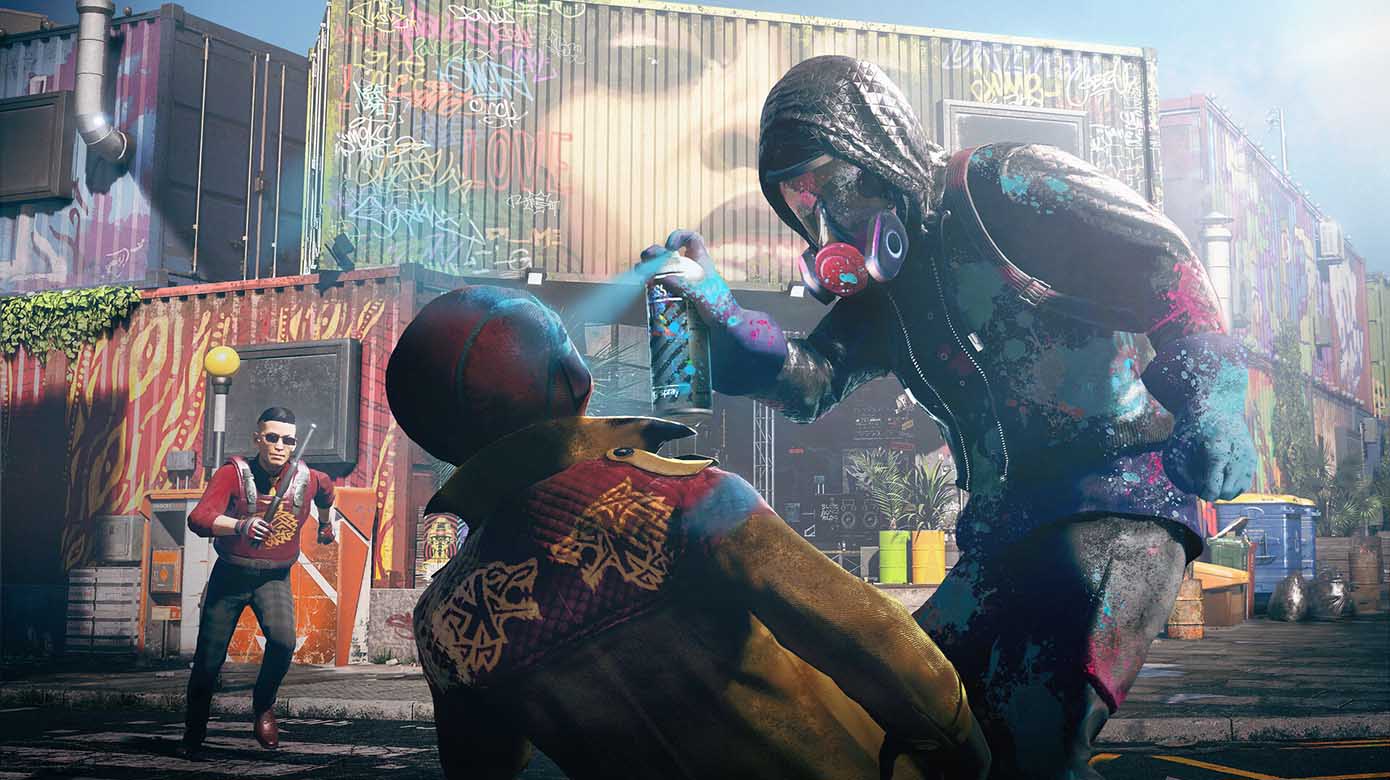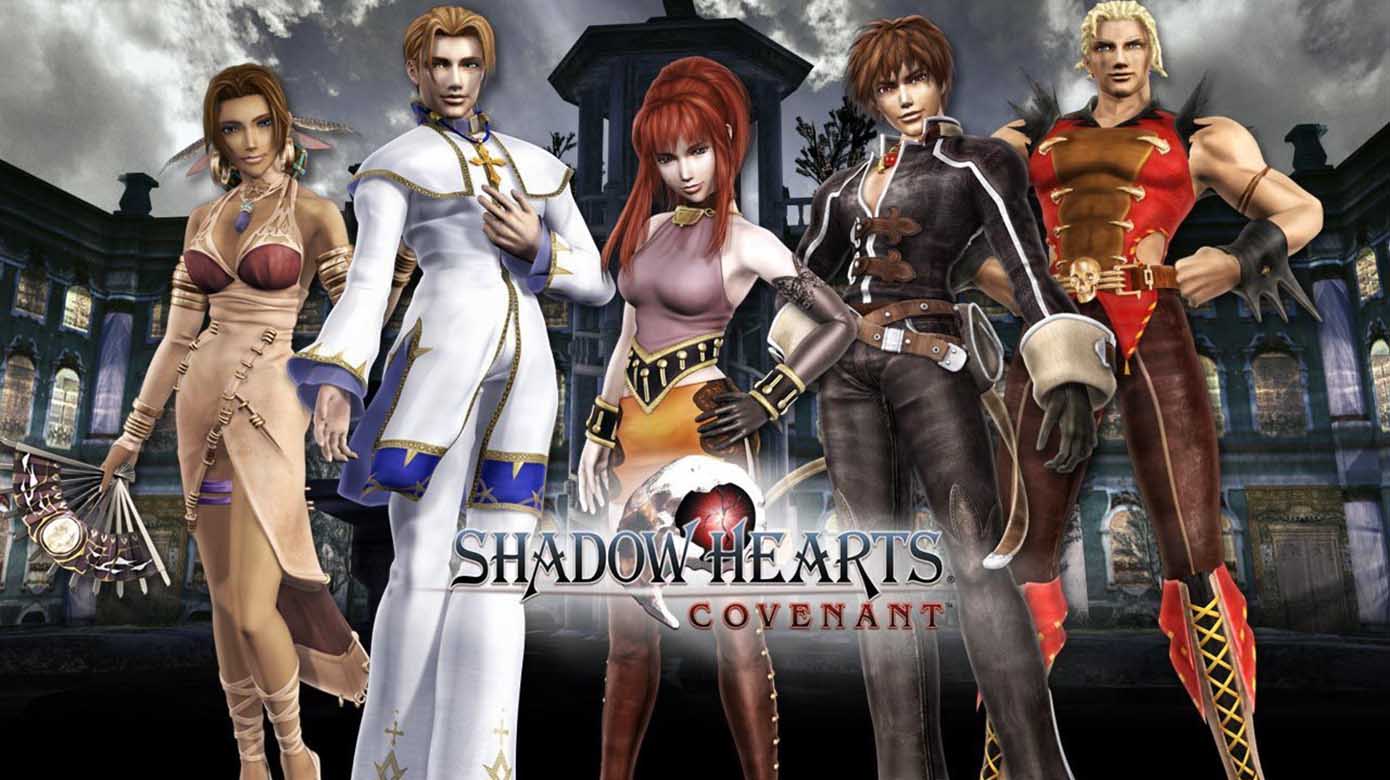The first day I encountered action games is still vivid in my memory. It was a drizzly weekend, and I was curled up in my room with a newly purchased controller in hand. The screen flashed that familiar “Press Start.” Back then, I had no idea what “extreme combos” meant. I could barely get the timing of basic attacks and defense right. At the time, I thought action games were simply about pressing buttons to make the character perform flashy moves. As for those smooth, unbroken sequences of moves I saw from others, I never dared imagine I could pull them off myself.
1. The Rookie Days of Random Button Mashing
When I first started playing, I practically “button mashed” my way through levels. Devil May Cry was my introduction to the genre. In my hands, Dante had none of that stylish rhythm between sword and gun; more often than not, I would hit a bunch of attack buttons, watch him swing wildly in midair, and then get smacked into the ground by a monster.
During that time, my most frequent action was—loading my save. Each time I was knocked down, I would think, “Why do others play so smoothly while my combos keep getting interrupted?” Later I realized that action games aren’t about pressing quickly, but pressing precisely. Every attack and every dodge has to align with the enemy’s movement rhythm.
2. The First Time I Noticed the Charm of Combos
What truly made me care about combos was a player-uploaded gameplay video of Devil May Cry 3. The player used the “Swordmaster” style and, within just a few seconds of footage, launched enemies, chained aerial slashes, landed, switched weapons for more hits, and never got interrupted. The sense of rhythm and control stunned me—it felt like a whole different way of playing the game. It wasn’t about simply “winning,” but about overwhelming the enemy with elegance.
That moment made me realize that “extreme combos” aren’t just for show. They are about completely controlling the pace of battle, like a conductor orchestrating every second of the fight.
3. From Imitation to Training: How I Learned Combos
I started imitating the moves I saw in those videos. At first, I copied them mechanically—for example, trying Nero’s “launcher → aerial slash → grab → launcher → aerial gunshot” combo in Devil May Cry 4. But if I messed up the rhythm even slightly, the enemy would drop or counterattack.
So I set myself a training plan:

- Break down moves — Split combos into their smallest components, first practicing the timing and distance for the launcher.
- Lock in the rhythm — Use a metronome to master attack intervals, a trick I learned from a fighting game player.
- Build muscle memory — Repeat a single combo at least 50 times a day until I could do it without looking.
- Apply in real combat — Try moves in training modes or easier stages to integrate them into real fights.
The process was tedious, but it was in this repetition that I began to experience something amazing—when my fingers perfectly followed my mental commands, the character became an extension of my body, executing every move exactly as I imagined.
4. The First Time I Pulled Off an Extreme Combo
It happened during a fight against an elite enemy in Devil May Cry 5. I switched weapons midair while chaining attacks, never letting the enemy interrupt me. The combo counter kept climbing until it hit S rank. In that instant, I felt a deep sense of accomplishment—I could finally play like those masters in the videos.
That fight taught me that extreme combos aren’t just technical showcases. They are about understanding and exploiting game mechanics: knowing every move’s recovery time, range, and connection points, predicting enemy behavior, and mentally laying out the next steps in advance.
5. The Philosophy of Combos in Action Games
With more experience, I realized every action game has its own “combo philosophy”:
- Devil May Cry series: Emphasizes style and freedom, allowing endless combo creativity.
- Bayonetta: Fast-paced with low margin for error, rewarding precise dodges and counters.
- Sekiro: More about rhythm and swordplay than long combos—strike quickly when the opening appears.
- Nioh series: Adds stamina (Ki) management, requiring not only stylish execution but also resource control.
Different mechanics demand different approaches, which is part of why I became so addicted—extreme combos aren’t fixed patterns but adapt to the rhythm of each game.
6. Breaking the Ceiling: From Expert to “Godhood”
The real challenge came when I tried mixing different characters’ and weapons’ combos. In Devil May Cry 5, I wanted to chain three different weapons in midair as Dante, then follow with gunshots to hover. This required pinpoint timing.
It took me nearly a month to pull it off consistently, with countless failures and even wrist pain from repeated practice. But when I finally landed this combo in an actual boss fight and took off half its health, the satisfaction completely erased all previous frustration.

7. Practical Combo Tips
Here are techniques I’ve found useful in any action game:
- Use replay analysis — See where your timing was too early or too late.
- Find the “beat” — Combos have a musical rhythm; hitting that beat makes them more reliable.
- Remove unnecessary moves — Extra rolls or jumps break combo flow.
- Treat failure as feedback — Getting interrupted shows your timing was off.
- Stay calm — Rushing only messes up inputs; calmness helps maintain rhythm.
8. From Player to Creator
Once I could reliably perform extreme combos, I began recording my fights. At first, it was just for personal records, but when I uploaded them, other players reached out to exchange tips. Some even slowed down my footage to analyze and suggest improvements. That’s when I felt action games weren’t just personal challenges—they fostered a community of constant skill-sharing and growth.
9. Looking Back: The Meaning of Extreme Combos
From a random-mashing newbie to someone who can control combos with precision, I’ve learned that extreme combos aren’t about showing off. They’re about maintaining absolute control in battle. The satisfaction they bring goes beyond winning a fight—it’s about the confidence and immersion of fully mastering a character and a game.
Sometimes I reopen old save files and laugh at my clumsy early moves. But I know those chaotic days were the necessary steps on my path to “godhood.”



